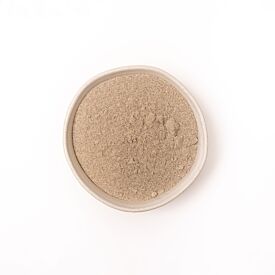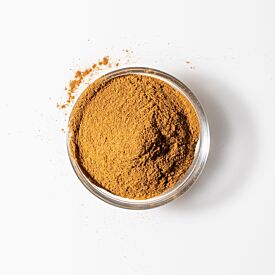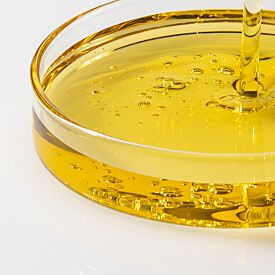Winter for Pitta

Summer may be pitta season, but winter is a time of year that many pitta types love most. The cold, heavy, and slow qualities of the winter season balance pitta’s internal heat, lightness, and the sharp, penetrating nature of the pitta mind.
If you have a pitta constitution, winter is an excellent season for keeping balanced and resetting your baseline for health.
Ideal Winter Foods for Pitta
Your body will probably do well following the general recommendations for a winter diet.
- Favor warm, cooked, well-spiced foods that are slightly oily and feature a balance of the six tastes.
- Fruits like berries, soaked prunes, and soaked raisins are good for balancing pitta.
- For vegetables, asparagus, green beans, leeks, okra, and rutabaga are supportive options.
- Grains like amaranth, basmati rice, and seitan will be well received by your body.
- Ghee and warm milk are excellent choices for pitta balancing dairy products.
- While pittas can get away with eating more spices than usual during winter, opt for pitta-soothing spices when possible. These include cardamom, cinnamon, fresh ginger, mint, parsley, saffron, tarragon, turmeric, and vanilla.
- CCF Tea (cumin, coriander, and fennel) is one of the best herbal teas for keeping pitta balanced.
- Sunflower seeds are a great snack option for pitta-types year-round, especially in winter.
Acceptable Winter Indulgences
This is the one time of year when pitta-types can indulge in some of the heating foods that would normally be too much for this dosha’s fiery nature. You can indulge in eggs, meats, caffeinated teas, a cup of coffee or espresso, adding a bit more fire and spice in your meals, and an occasional glass of dry red wine.
You’ll also do well with some sweet, nourishing treats like Hot Spiced Chai or Maple Tapioca.
Foods to Minimize
- While you can certainly eat them in moderation during the winter, be selective with sour, heating fruits like bananas, cranberries, grapes, grapefruit, pineapple, and tamarind.
- Cut down on cooked spinach, miso, hard cheeses, and sour cream.
- Fermented foods, trikatu, and herbal teas with dried ginger, cinnamon, clove, or black pepper may also prove too heating for you, especially if you tend toward excess acidity.
Lifestyle Tips for Balancing Pitta in Winter
If you have high pitta, chances are that your life already embodies a sharp sense of focus and purpose, so rather than enhancing those qualities this winter, see if you can ease into the softness of the season. Relax your expectations a bit, slow down, and be receptive to the gentleness that winter season ushers in.
Maintaining a consistent daily routine for the winter season will be very beneficial for you. For your morning abhyanga (self-oil massage), try Pitta Massage Oil, Daily Massage Oil, or Brahmi Oil with Coconut.
You'll also benefit from setting aside time for stillness and solitude. The following pranayama practices can be especially helpful:
- Nadi Shodana (Alternate Nostril Breathing)
- Kapalabhati (Skull Shining Breath)
- Bhastrika (Bellows Breath)
For yoga, incorporate plenty of standing poses and twists, and nurture a sense of surrender with some forward bends.
The cold weather will support your athletic drive and allow you to push yourself a bit harder. Practice releasing any attachment to your level of performance and maintain an attitude of relaxed effort instead.
In the evening, retire closer to 10 p.m., before your mind becomes activated by the heightened pitta at this time of day. After a full night of sleep, you may feel inspired to rise with the sun.











